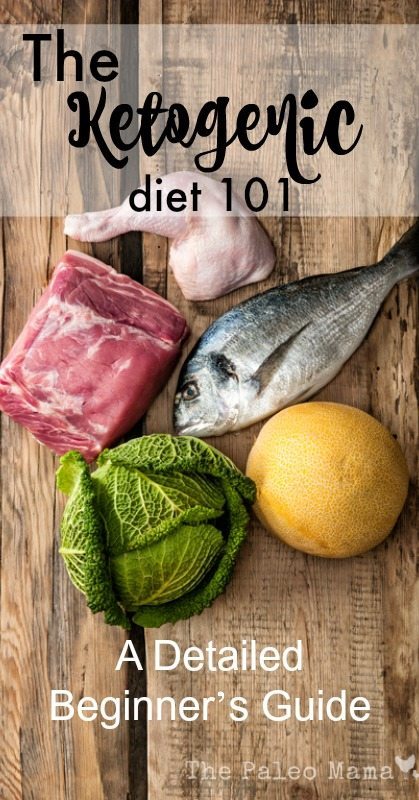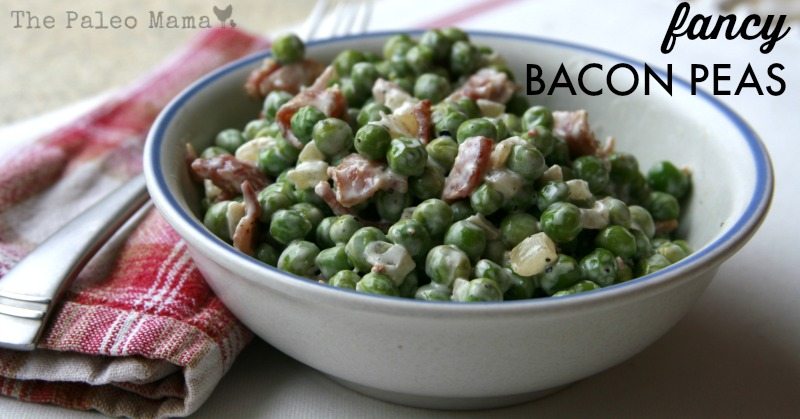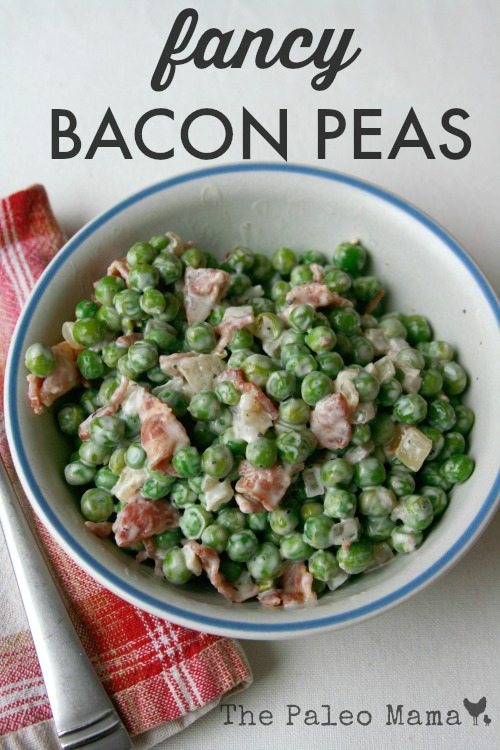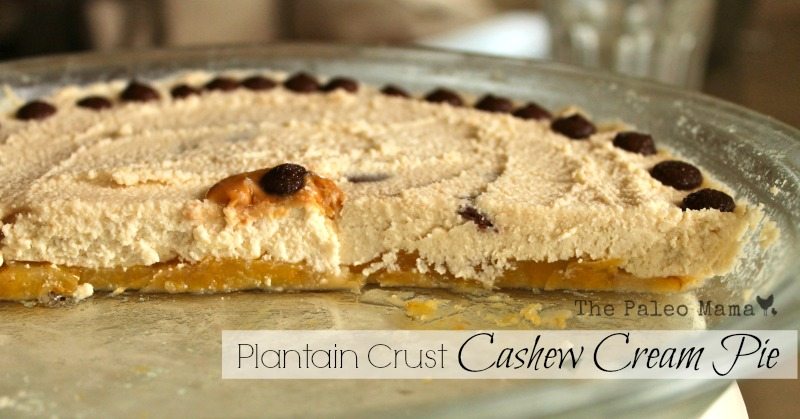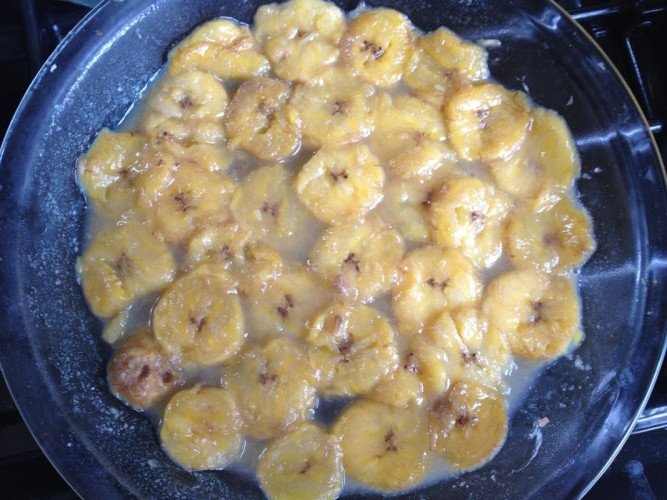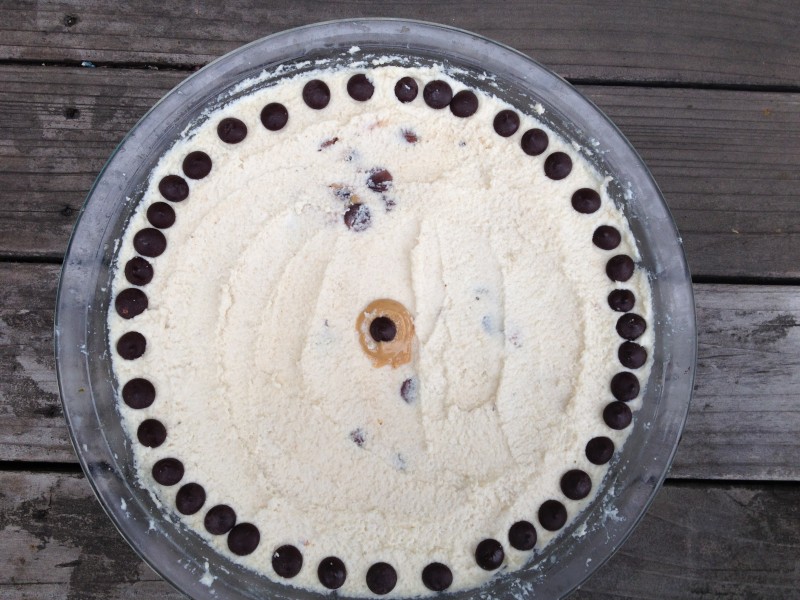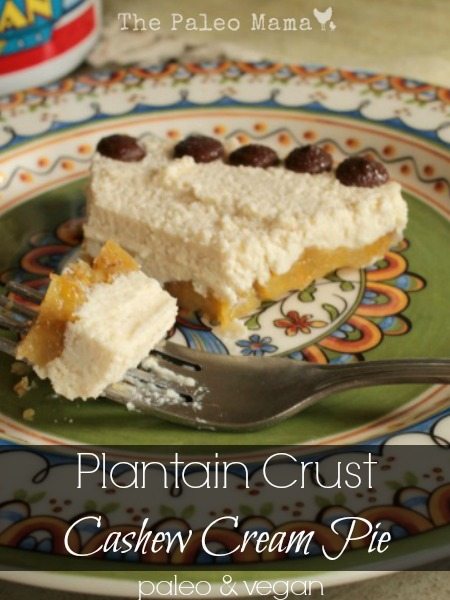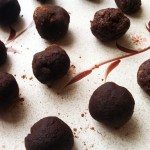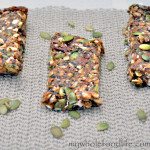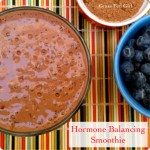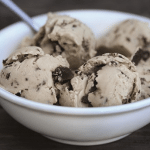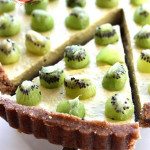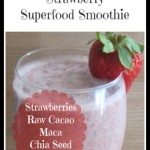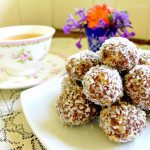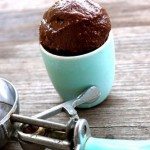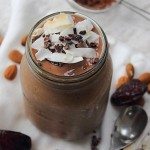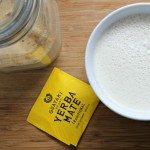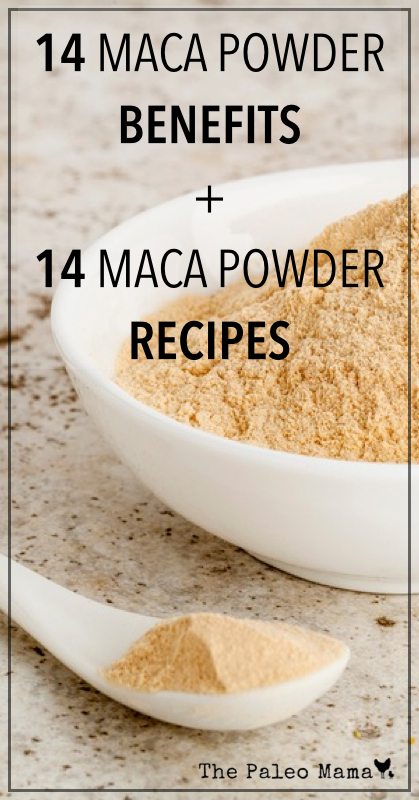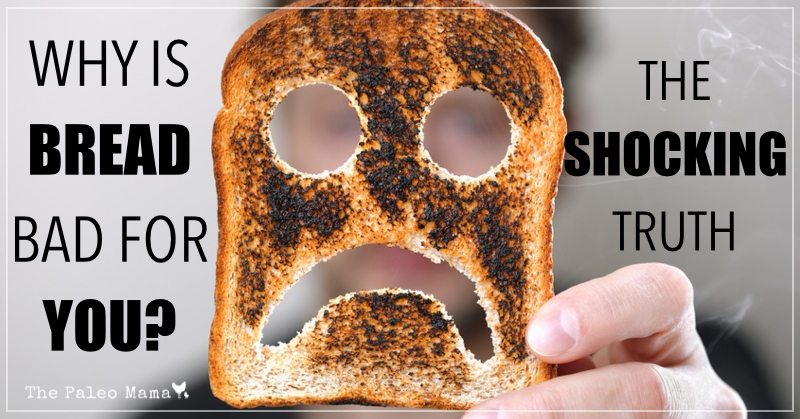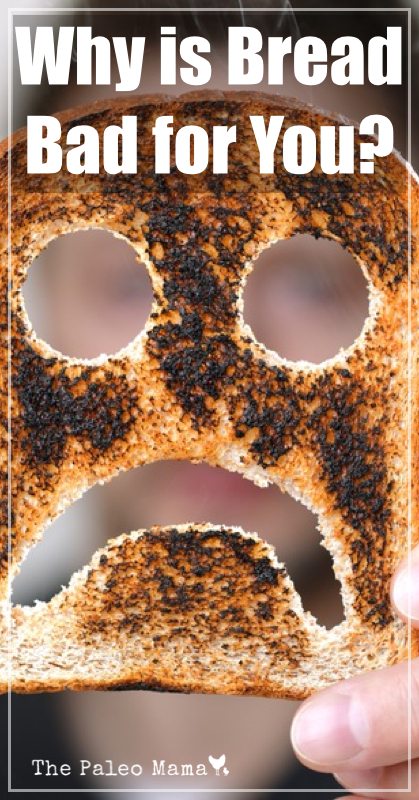I’m about to embark on my 3rd time starting a ketogenic diet. I see great results every time I get back to doing keto and I thought I would share this awesome article by my friends over at Authority Nutrition. This article was originally published by Authority Nutrition and is being republished on my website with permission. Here’s a YouTube video we did on the Ketogenic diet.
The ketogenic diet is a low-carb, high-fat dietthat offers many health benefits.
Over 20 studies show that this type of diet can help you lose weight and improve health (1).
Ketogenic diets may even have benefits against diabetes, cancer, epilepsy and Alzheimer’s disease (2, 3, 4, 5).
This article is a detailed beginner’s guide to the ketogenic diet.
It contains everything you need to know.
What is a Ketogenic Diet?
The ketogenic diet (often termed keto) is a very low-carb, high-fat diet that shares many similarities with the Atkins and low-carb diets.
It involves drastically reducing carbohydrate intake, and replacing it with fat. The reduction in carbs puts your body into a metabolic state called ketosis.
When this happens, your body becomes incredibly efficient at burning fat for energy. It also turns fat into ketones in the liver, which can supply energy for the brain (6, 7).
Ketogenic diets can cause massive reductions in blood sugar and insulin levels. This, along with the increased ketones, has numerous health benefits (6, 8, 9, 10, 11).
Bottom Line: The ketogenic diet (keto) is a low-carb, high-fat diet. It lowers blood sugar and insulin levels, and shifts the body’s metabolism away from carbs and towards fat and ketones.
Different Types of Ketogenic Diets
There are several versions of the ketogenic diet, including:
- Standard ketogenic diet (SKD): This is a very low-carb, moderate-protein and high-fat diet. It typically contains 75% fat, 20% protein and only 5% carbs (1).
- Cyclical ketogenic diet (CKD): This diet involves periods of higher-carb refeeds, such as 5 ketogenic days followed by 2 high-carb days.
- Targeted ketogenic diet (TKD): This diet allows you to add carbs around workouts.
- High-protein ketogenic diet: This is similar to a standard ketogenic diet, but includes more protein. The ratio is often 60% fat, 35% protein and 5% carbs.
However, only the standard and high-protein ketogenic diets have been studied extensively. Cyclical or targeted ketogenic diets are more advanced methods, and primarily used by bodybuilders or athletes.
The information in this article mostly applies to the standard ketogenic diet (SKD), although many of the same principles also apply to the other versions.
Bottom Line: There are several versions of the ketogenic diet. The standard ketogenic diet (SKD) is the most researched and most recommended.
Ketogenic Diets Can Help You Lose Weight

A ketogenic diet is an effective way to lose weight and lower risk factors for disease (8, 9, 10, 11, 12, 13).
In fact, research shows that the ketogenic diet is far superior to the recommended low-fat diet (2, 14, 15, 16).
What’s more, the diet is so filling that you can lose weightwithout counting calories or tracking your food (16).
One study found that people on a ketogenic diet lost 2.2 times more weight than those on a calorie-restricted low-fat diet. Triglyceride and HDL cholesterol levels also improved (17).
Another study found that participants on the ketogenic diet lost 3 times more weight than those on the Diabetes UK’s recommended diet (18).
There are several reasons why a ketogenic diet is superior to a low-fat diet. One is the increased protein intake, which provides numerous benefits (14, 19, 20).
The increased ketones, lowered blood sugar levels and improved insulin sensitivity may also play a key role (21, 22, 23, 24, 25, 26).
For more details on the weight loss effects of a ketogenic diet, read this article: A Ketogenic Diet to Lose Weight and Fight Disease.
Bottom Line: A ketogenic diet can help you lose much more weight than a low-fat diet. This often happens without hunger.
Ketogenic Diets for Diabetes and Prediabetes

Diabetes is characterized by changes in metabolism, high blood sugar and impaired insulin function (27).
The ketogenic diet can help you lose excess fat, which is closely linked to type 2 diabetes, prediabetes and metabolic syndrome (28, 29, 30).
One study found that the ketogenic diet improved insulin sensitivity by a whopping 75% (29).
Another study in patients with type 2 diabetes found that 7 of the 21 participants were able to stop all diabetes medications (28).
In yet another study, the ketogenic group lost 24.4 lbs (11.1 kg), compared to 15.2 lbs (6.9 kg) in the higher-carb group. This is an important benefit when considering the link between weight and type 2 diabetes (2, 31).
Additionally, 95.2% of the ketogenic group was also able to stop or reduce diabetes medication, compared to 62% in the higher-carb group (2).
This article has more details about low-carb diets and diabetes.
Bottom Line: The ketogenic diet can boost insulin sensitivity and cause fat loss, leading to drastic improvement for type 2 diabetes and prediabetes.
Other Health Benefits of the Ketogenic Diet

The ketogenic diet actually originated as a tool for treating neurological diseases, such as epilepsy.
Studies have now shown that the diet can have benefits for a wide variety of different health conditions:
- Heart disease: The ketogenic diet can improve risk factors like body fat, HDL levels, blood pressure and blood sugar (32, 33).
- Cancer: The diet is currently being used to treat several types of cancer and slow tumor growth (4, 34, 35, 36).
- Alzheimer’s disease: The diet may reduce symptoms of Alzheimer’s and slow down the disease’s progression (5, 37, 38).
- Epilepsy: Research has shown that the ketogenic diet can cause massive reductions in seizures in epileptic children (3).
- Parkinson’s disease: One study found that the diet helped improve symptoms of Parkinson’s disease (39).
- Polycystic ovary syndrome: The ketogenic diet can help reduce insulin levels, which may play a key role in polycystic ovary syndrome (40).
- Brain injuries: One animal study found that the diet can reduce concussions and aid recovery after brain injury (41).
- Acne: Lower insulin levels and eating less sugar or processed foods may help improve acne (42).
However, keep in mind that research into many of these areas is far from conclusive.
Bottom Line: A ketogenic diet may provide many health benefits, especially with metabolic, neurological or insulin-related diseases.
Foods to Avoid

In short, any food that is high in carbs should be limited.
Here is a list of foods that need to be reduced or eliminated on a ketogenic diet:
- Sugary foods: Soda, fruit juice, smoothies, cake, ice cream, candy, etc.
- Grains or starches: Wheat-based products, rice, pasta, cereal, etc.
- Fruit: All fruit, except small portions of berries like strawberries.
- Beans or legumes: Peas, kidney beans, lentils, chickpeas, etc.
- Root vegetables and tubers: Potatoes, sweet potatoes, carrots, parsnips, etc.
- Low-fat or diet products: These are highly processed and often high in carbs.
- Some condiments or sauces: These often contain sugar and unhealthy fat.
- Unhealthy fat: Limit your intake of processed vegetable oils, mayonnaise, etc.
- Alcohol: Due to its carb content, many alcoholic beverages can throw you out of ketosis.
- Sugar-free diet foods: These are often high in sugar alcohols, which can affect ketone levels in some cases. These foods also tend to be highly processed.
Bottom Line: Avoid carb-based foods like grains, sugars, legumes, rice, potatoes, candy, juice and even most fruits.
Foods to Eat

You should base the majority of your meals around these foods:
- Meat: Red meat, steak, ham, sausage, bacon, chicken and turkey.
- Fatty fish: Such as salmon, trout, tuna and mackerel.
- Eggs: Look for pastured or omega-3 whole eggs.
- Butter and cream: Look for grass-fed when possible.
- Cheese: Unprocessed cheese (cheddar, goat, cream, blue or mozzarella).
- Nuts and seeds: Almonds, walnuts, flaxseeds, pumpkin seeds, chia seeds, etc.
- Healthy oils: Primarily extra virgin olive oil, coconut oil and avocado oil.
- Avocados: Whole avocados or freshly made guacamole.
- Low-carb veggies: Most green veggies, tomatoes, onions, peppers, etc.
- Condiments: You can use salt, pepper and various healthy herbs and spices.
It is best to base your diet mostly on whole, single ingredient foods. Here is a list of 44 healthy low-carb foods.
Bottom Line: Base the majority of your diet on foods such as meat, fish, eggs, butter, nuts, healthy oils, avocados and plenty of low-carb veggies.
A Sample Ketogenic Meal Plan For 1 Week

To help get you started, here is a sample ketogenic diet meal plan for one week:
Monday
- Breakfast: Bacon, eggs and tomatoes.
- Lunch: Chicken salad with olive oil and feta cheese.
- Dinner: Salmon with asparagus cooked in butter.
Tuesday
- Breakfast: Egg, tomato, basil and goat cheese omelet.
- Lunch: Almond milk, peanut butter, cocoa powder and stevia milkshake.
- Dinner: Meatballs, cheddar cheese and vegetables.
Wednesday
- Breakfast: A ketogenic milkshake (try this or this).
- Lunch: Shrimp salad with olive oil and avocado.
- Dinner: Pork chops with Parmesan cheese, broccoli and salad.
Thursday
- Breakfast: Omelet with avocado, salsa, peppers, onion and spices.
- Lunch: A handful of nuts and celery sticks with guacamole and salsa.
- Dinner: Chicken stuffed with pesto and cream cheese, along with vegetables.
Friday
- Breakfast: 3-cheese omelet with tomatoes.
- Lunch: Leftover stuffed chicken from the night before.
- Dinner: Steak, egg, mushrooms and salad.
Friday
- Breakfast: Sugar-free yogurt with peanut butter, cocoa powder and stevia.
- Lunch: Beef stir-fry cooked in coconut oil with vegetables.
- Dinner: Bun-less burger with bacon, egg and cheese.
Saturday
- Breakfast: Ham and cheese omelet with vegetables.
- Lunch: Ham and cheese slices with nuts.
- Dinner: White fish, egg and spinach cooked in coconut oil.
Sunday
- Breakfast: Fried eggs with bacon and mushrooms.
- Lunch: Burger with salsa, cheese and guacamole.
- Dinner: Steak and eggs with a side salad.
Always try to rotate the vegetables and meat over the long term, as each type provides different nutrients and health benefits.
For tons of recipes, check out this link: 101 Healthy Low-Carb Recipes.
Bottom Line: You can eat a wide variety of tasty and nutritious meals on a ketogenic diet.
Healthy Ketogenic Snacks

In case you get hungry between meals, here are some healthy, keto-approved snacks:
- Fatty meat or fish.
- Cheese.
- A handful of nuts or seeds.
- Cheese with olives.
- 1–2 hard-boiled eggs.
- 90% dark chocolate.
- A low-carb milk shake with almond milk, cocoa powder and nut butter.
- Full-fat yogurt mixed with nut butter and cocoa powder.
- Strawberries and cream.
- Celery with salsa and guacamole.
- Smaller portions of leftover meals.
Bottom Line: Great snacks for a keto diet include pieces of meat, cheese, olives, boiled eggs, nuts and dark chocolate.
Tips for Eating Out on a Ketogenic Diet
It is not very hard to make most restaurant meals keto-friendly when eating out.
Most restaurants offer some kind of meat or fish-based dish. Order this, and replace any high-carb food with extra vegetables.
Egg-based meals are also a great option, such as an omelet or eggs and bacon.
Another favorite is bun-less burgers. You could also leave the bun and swap the fries for vegetables instead. Add extra avocado, cheese, bacon or eggs.
At Mexican restaurants, you can enjoy any type of meat with extra cheese, guacamole, salsa and sour cream.
For dessert, ask for a mixed cheese board or double cream with berries.
Bottom Line: When eating out, select a meat, fish or egg-based dish. Order extra veggies instead of carbs or starches, and have cheese for dessert.
Side Effects and How to Minimize Them

Although the ketogenic diet is safe for healthy people, there may be some initial side effects while your body adapts.
This is often referred to as “keto flu” – and is usually over within a few days.
Keto flu includes poor energy and mental function, increased hunger, sleep issues, nausea, digestive discomfort and decreased exercise performance.
In order to minimize this, you can try a regular low-carb diet for the first few weeks. This may teach your body to burn more fat before you completely eliminate carbs.
A ketogenic diet can also change the water and mineral balance of your body, so adding extra salt to your meals or taking mineral supplements can help.
For minerals, try taking 3,000–4,000 mg of sodium, 1,000 mg of potassium and 300 mg of magnesium per day to minimize side effects.
At least in the beginning, it is important to eat until fullness and to avoid restricting calories too much. Usually a ketogenic diet causes weight loss without intentional calorie restriction.
Bottom Line: Many of the side effects of starting a ketogenic diet can be limited. Easing into the diet and taking mineral supplements can help.
Supplements For a Ketogenic Diet
Although no supplement is necessary, some can be useful.
- MCT oil: Added to drinks or yogurt, this provides energy and helps increase ketone levels.
- Minerals: Added salt and other minerals can be important when starting out, due to shifts in water and mineral balance.
- Caffeine: Caffeine can have benefits for energy, fat loss and performance.
- Creatine: Creatine provides numerous benefits for health and performance. This can help if you are combining a ketogenic diet with exercise.
- Whey: Use half a scoop of whey protein in shakes or yogurt to increase your daily protein intake.
Bottom Line: Certain supplements can be beneficial on a ketogenic diet. These include MCT oil and minerals.
Frequently Asked Questions

Here are answers to some of the most common questions about the ketogenic diet.
1. Can I ever eat carbs again?
Yes. However, it is important to eliminate them initially. After the first 2–3 months, you can eat carbs on special occasions — just return to the diet immediately after.
2. Will I lose muscle?
There is a risk of losing some muscle on any diet. However, the high protein intake and high ketone levels may help minimize muscle loss, especially if you lift weights.
3. Can you build muscle on a ketogenic diet?
Yes, but it may not work as well as on a moderate-carb diet. More details: Low-Carb/Ketogenic Diets and Exercise Performance.
4. Do I need to refeed or carb load?
No. However, a few higher-calorie days may be beneficial every now and then.
5. How much protein can I eat?
Protein should be moderate, as a very high intake can spike insulin levels and lower ketones. Around 35% of total calorie intake is probably the upper limit.
6. What if I am constantly tired, weak or fatigued?
You may not be in full ketosis or be utilizing fats and ketones efficiently. To counter this, lower your carb intake and re-visit the points above. A supplement like MCT oil or ketones may also help.
7. My urine smells fruity? Why is this?
Don’t be alarmed. This is simply due to the excretion of byproducts created during ketosis.
8. My breath smells. What can I do?
This is a common side effect. Try drinking naturally flavored water or chewing sugar-free gum or snagging some peppermint oil and dropping it in your mouth.
9. I heard ketosis was extremely dangerous. Is this true?
People often confuse ketosis with ketoacidosis. The former is natural, while the latter only occurs in uncontrolled diabetes.
Ketoacidosis is dangerous, but the ketosis on a ketogenic diet is perfectly normal and healthy.
10. I have digestion issues and diarrhea. What can I do?
This common side effect usually passes after 3–4 weeks. If it persists, try eating more high-fiber veggies. Magnesium supplements can also help with constipation.
A Ketogenic Diet is Great, But Not For Everyone
A ketogenic diet can be great for people who are overweight, diabetic or looking to improve their metabolic health.
It may be less suitable for elite athletes or those wishing to add large amounts of muscle or weight.
And, as with any diet, it will only work if you are consistent and stick with it in the long-term.
That being said, few things are as well proven in nutrition as the powerful health and weight loss benefits of a ketogenic diet.
